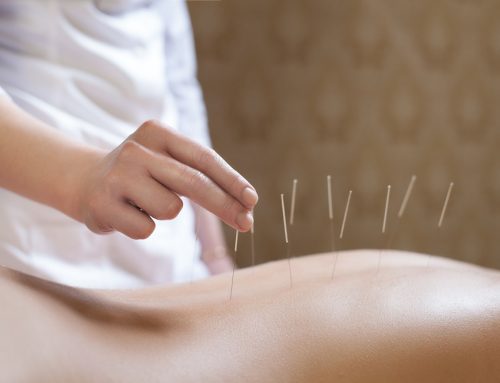You’ve probably seen the commercials for those copper wristbands that supposedly relieve the pain of stiff joints. Are the claims true? What does science say?
Many copper bracelet wearers do claim that copper bracelets are beneficial in managing their arthritis pain. Still, it’s hard to test the bracelets efficacy given that there is no regulation of product claims.
To really find out if they provide any benefit, it is necessary to look at the research. Unfortunately, there isn’t much to review. Still, we can look at what information does exist for copper bracelets, especially pertaining to pain relief and health, and try to glean the benefits.
As it stands, the limited research and study about the health effects of copper bracelets, tells us the following two things:
- No solid evidence points to the fact that copper bracelets reduce pain or inflammation.
- There is fairly clear evidence that indicates copper bracelets do not have any clinical effect.
How do we know? Those conclusions are based on the best data we have: a 2013 scientific comparison of copper and magnetic bracelets available on the market as reported by rheumatoid arthritis sufferers. The study showed no clinical improvement despite that there were enough participants wearing varying bracelets to have show some benefit to the bracelets if it existed.
This conclusion appears to further confirm an earlier study of magnetic bracelets. That single trial regarding magnet therapy on rheumatoid arthritis showed the metal bracelets to be disappointingly ineffective.
Dr. Stewart Richmond, lead researcher of the 2013 study noted, “It’s a shame that these devices don’t seem to have any genuine benefit. They’re so simple and generally safe to use.” Richmond advocated spending time and money on interventions like dietary fish oils, which have proven their effectiveness.
Despite what marketers claim, there is no evidence that copper, absorbed through the skin, treats disease. Scientists believe that the perceived benefits of the bracelets are a combined result of the placebo effect and improper or inaccurate associations made between the natural shift in pain symptoms and the period of time wearing the bracelets.



